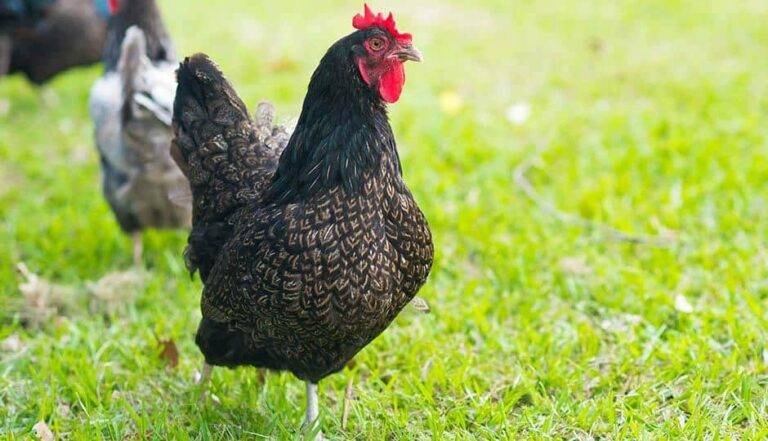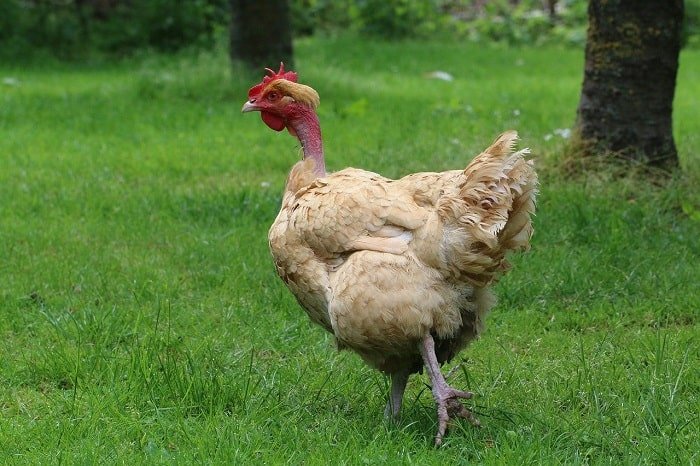Top 4 Most Endangered Marine Animals in the World

Aquatic wildlife has been around before us. If you go into the biological origins of how life started, then that too was through the water. It’s sad that now marine animals are the ones that are in danger of losing their lives to the rapidly evolving world around them.
In a way, we are to blame for this since we, generally, love to pollute the Earth. Because of our constant mismanagement and disregard for the life around us, marine animals are losing their space and their population by the day. And we’re here to discuss more on that.
Staying Educated
We aim to raise awareness about certain endangered marine creatures that you may not be aware of. Each species, whether little as a coral polyp or large as a whale, plays a crucial function in an ecosystem.
When a single species is threatened with extinction, the entire ecosystem suffers. The Endangered Species Act protects species that are on the verge of extinction.
The designation helps to focus conservation efforts and maintain the planet’s variety. To avert extinction, NOAA Fisheries actively creates and implements a recovery plan—a road map for the species’ recovery.
For more information and helpful tips on how to keep our environment clean, one can always avail good internet and watch YouTube videos, blogs, zoom sessions, and the like which explain how marine life is so instrumental.
Centurylink prices are suitable for these ventures because they offer many of us out there the opportunity to study marine life in depth and become accustomed to their benefits so we don’t repeat the same mistake as others.
You may also like to read about Dog Breeding For Beginners: What You Should Know.
List of the Top 4 Endangered Marine Animals
1. Killer Dolphins:

Despite their moniker, false killer whales are really dolphins. They may be found in both tropical and subtropical waters across the world.
False killer whales are known for their friendliness and form groups that hunt and exchange food together.
False killer whales, like other marine animals, are protected under the Marine Mammal Protection Act.
The Endangered Species Act also protects a subpopulation of false killer whales known as the main Hawaiian Islands’ insular false killer whales.
Our studies show that the population has declined substantially since the late 1980s, with less than 200 people remaining.
Interactions with longline fisheries have played a role in this reduction. False killer whales have been observed removing fish and bait from fishing lines, which can result in inadvertent hooking or entanglement.
NOAA Fisheries created longline fisheries closure regions, gear restrictions, and marine mammal handling training for fishermen, among other precautionary measures, to limit the risk of fake killer whales.
2. Sea Turtles:

The Olive Ridley, one of the world’s tiniest sea turtles, takes its name from the olive gray-green tint of its heart-shaped shell.
Female Ridley turtles, like other sea turtles, return to shore to deposit their eggs on the sand. They are excellent navigators and frequently return to the beach where they are hatched.
There is a lot to learn about these fascinating creatures. Such as that, the majority of olive ridley females arrive in a mass nesting event known as an arribada.
Only the ridley sea turtles (olive and Kemp’s) nest in such large numbers and with such synchronicity.
Unfortunately, the arribada’s nesting tendency made it simple for people to capture an unusually large number of eggs while also killing a huge number of adult females for a delicious afternoon meal. Which, also led to the depletion of the species as a whole.
Also, read these Tips for Effective Water Quality Management in Catfish Farming.
3. Small Tooth Sawfish:

Despite their shark-like appearance, small-tooth sawfish are actually rays with skeletons comprised entirely of tough but flexible cartilage rather than bone.
This species, which resembles a prehistoric monster, may be found in the United States off the coast of Florida. Sawfish slice through schools of fish with their long spiky snouts, swinging them back and forth to stab and paralyze victims.
Their saw also has electro-sensitive organs that can detect the tiny levels of electricity emitted by other creatures, allowing sawfish to detect nearby prey.
Shallow estuary environments such as red mangroves provide nursery grounds for young small-tooth sawfish.
However, urbanization along the coasts of Florida and other southern states has altered or destroyed much of this habitat.
Small-tooth sawfish face serious dangers from habitat loss and inadvertent capture in fishing nets.
NOAA fisheries classified regions along Florida’s southwestern coast as critical habitats to aid in the recovery of this species.
These locations are critical nursery habitats for small-tooth sawfish. We also modified fishing gear and gave anglers instructions on how to remove sawfish from various types of fishing gear.
4. Gulf Grouper:

Gulf grouper are a top predator in the Gulf of California and the eastern Pacific Ocean. These large-bodied fish devour a variety of food, including fish and crabs, which they swallow whole.
Once grown, gulf grouper congregate in vast numbers on underwater reefs to breed once a year.
Gulf grouper are likely to develop as females and then transform into males as they age throughout their 48-year lifetime.
Gulf grouper was formerly a popular catch for West Coast anglers. However, overfishing caused the fishery to collapse to near-nil landings by 1970.
The harvest of this species in the United States was later prohibited. Bycatch, overfishing outside of US seas, and habitat deterioration are all threats to gulf grouper.
Conclusion
Marine life should be seen as friendly and crucial to the environment. The above-mentioned animals have been highlighted due to their contributions and living styles.
If we, as humans, cannot help these poor creatures to stabilize their growth then there is no use in calling ourselves on top of the food chain.
Help keep your space clean and help spread awareness for these animals so we can co-exist happily and safely.
Read this article next; How to Design and Construct a Fish Pond (With Calculations).





